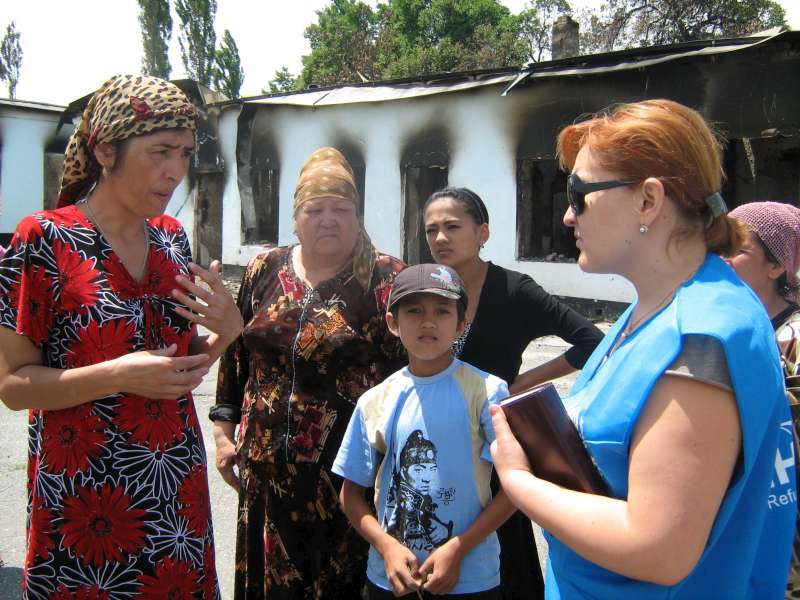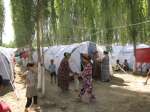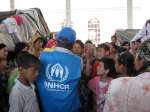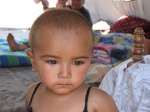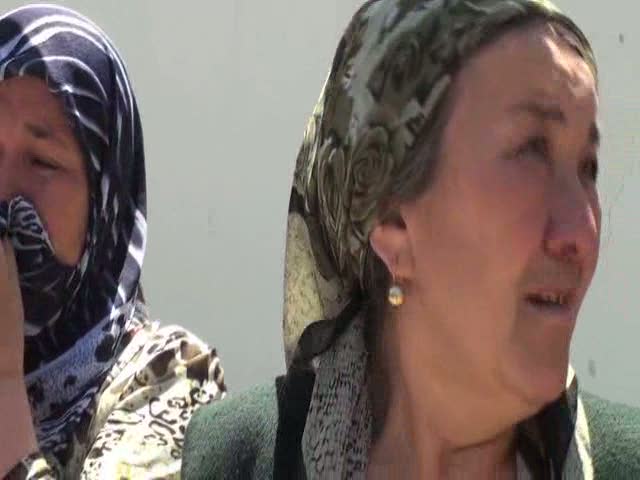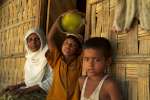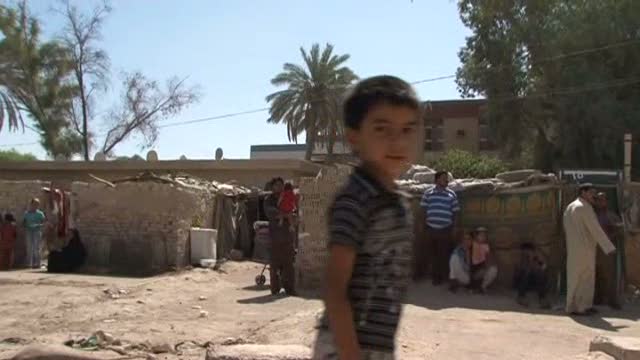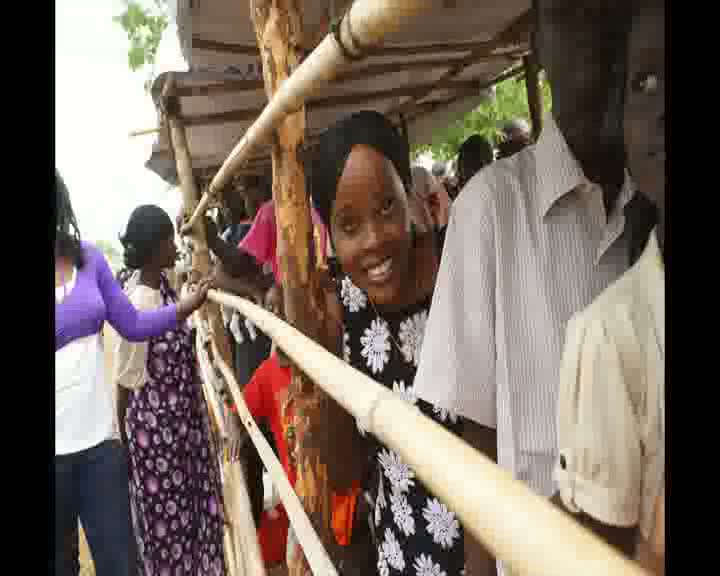- Text size
 |
|  |
|  |
| 
- Français
Large numbers of refugees returning to Kyrgyzstan need humanitarian aid
News Stories, 25 June 2010
JALAL-ABAD, Kyrgyzstan, June 25 (UNHCR) – Amid mass returns from Uzbekistan to Kyrgyzstan, UNHCR field officers have been visiting groups of returning refugees and displaced people near the southern towns of Osh and Jalal-Abad.
According to the Kyrgyz authorities, 70,000 refugees have returned so far. At the same time, internally displaced people (IDPs) are also returning to their places of origin.
Both refugees and IDPs have expressed mixed feelings to UNHCR staff about going home. Although they want to be reunited with their families, many are worried for their safety and about going back to destroyed, damaged or looted homes.
"We are concerned about the voluntary nature of returns in some cases. UNHCR's view is that where people are returning, they should be able to do so on an informed basis and in conditions of safety, voluntariness, and sustainability," a spokesman for the refugee agency said.
Another concern is that refugees may be returning to situations of further displacement because many homes have been destroyed or badly damaged. "We are seeing people moving in with families in their former neighbourhoods. Conditions are crowded and there is an urgent need to further increase assistance," the UNHCR spokesman said.
In the district of Tashlak, UNHCR on Friday visited some 70 people from 10 families who were taking shelter in a burnt-out school after returning from Uzbekistan on Thursday. UNHCR staff handed out kitchen sets, sleeping mats and plastic sheeting for shelter. Almost every house has been looted and burnt in the district.
Ismailia, 58, was in tears as she told UNHCR she had to leave her daughter behind in Uzbekistan because the younger woman gave birth in a refugee camp on Tuesday and could not travel. "It happened earlier than we expected because she was so worried. I am so sad it happened in such conditions, although she was looked after," she said, adding that she expected her daughter back soon.
Shozizah, 67, stayed in Uzbekistan only one day before returning with the rest of her community on Thursday evening. She had stayed behind when the other women in her community fled because she wanted to look after her husband.
She hid in her house, which was one of the few in the district to be spared destruction as it was hidden behind the school. "The armed people came back shooting and I was really scared. I decided to escape," Shozizah said, adding that "now I am cooking for everybody as I am the only one with a kitchen."
Matuna also remained in Kyrgyzstan, hiding with a friend. She said the familyhad been preparing for her daughetr's wedding before the violence erupted on June 10. "We were collecting gold and clothes and other things for her wedding. It was to take place next month. But now it is all gone. All the clothes are burnt," she said biterly.
UNHCR's emergency team in Osh delivered relief supplies on Friday morning. They report a generally calm situation, some traffic on the streets and smaller markets open, but also significant destruction
Currently, UNHCR has four more relief flights scheduled for this weekend into Osh. Each will bring some 40 tonnes of urgently needed tents, blankets, plastic sheeting, kitchen utensils and other non-food relief items.
